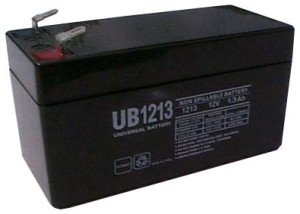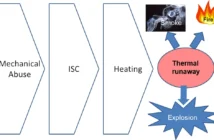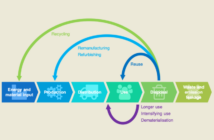A lead acid battery is the oldest type of rechargeable battery. It was invented back in 1859 by Gaston Planté to have a low energy-to-volume ratio, low energy-to-weight ratio and a high power-to-weight ratio. These characteristics make it a cost-effective battery that can provide both low and high surges of power with ease.

(http://i1281.photobucket.com/albums/a503/MOcalls/ub1213_zps2f5e0851.jpg)
When you buy a lead acid battery, you need to be aware of the life phases that will affect how long you can use it before replacement.
First Phase: Charging
Also known as formatting, this is when you charge a battery by letting the lead plates absorb the electrolyte liquid. This allows it to fill in the areas within the battery up to capacity. It is important to note that once the battery is fully charged for the first time, that does not mean it is in its full capacity. This can only be achieved as you use your battery again and again. A typical lead acid battery requires 50 to 100 life cycles. By life cycle, we mean the charging, discharging and recharging of the lead acid battery. If you are using a deep cycle battery, it will take a couple of life cycles to reach full capacity – around 20 to 50 cycles depending on the manufacturer.
Second Phase: Peak Capacity
The peak capacity of a battery usually lasts longer than the first phase. For instance, a deep cycle battery can go as high as 200 life cycles before it will slowly go on a decline. It is advisable that you break in the battery slowly by not letting it drain power completely before charging it. This will help prolong the effectiveness of the lead acid battery and postpone replacement. To keep it in this phase longer, you may want to regularly use the battery and take careful note of the proper discharge and recharge cycles.
Third Phase: Gradual Deterioration
Once past its peak, a lead acid battery will begin a steady decline. That could mean a typical battery that used to power a device for up to 50 hours, will now be able to do it just 40 hours. This goes even further down as you continue to use your battery. Take note of the decline in power because when it reaches 70% to 80% of its peak capacity, that means the battery needs replacement. Do not be too concerned about replacing a lead acid battery even with a 70% capacity. The raw materials are recycled to create new lead acid batteries.
Related Articles:
Rechargeable vs. Single-use Batteries
What chemicals are used in batteries?



